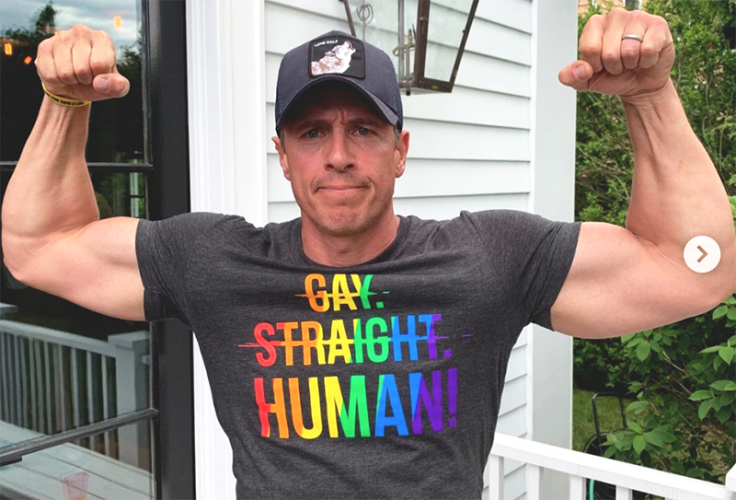2020 Man of the Year: Chris Cuomo

Like most children born to famous politicians, Chris Cuomo is an unexceptional human being. His most notable accomplishment, if you can call it that, is not becoming a crack-addled sex maniac turned "artist" like Hunter Biden, his classmate at Yale Law School and a 2019 Washington Free Beacon Man of the Year.
Cuomo isn't much of a journalist, either. Probably because he devotes most of his time and effort to a cause the media industry has declared verboten: being a Real Man.
In fact, it's hard to find an industry "norm" Cuomo hasn't dared to defy. He lifts weights. He's athletic. He's conventionally attractive, and so is his wife. He's aggro AF, and hates being a celebrity because it hinders his ability to beat the crap out of hecklers. Unlike many of his peers, he has yet to be credibly accused of sexual assault.
Cuomo laughs in the face of those who might question the "journalistic integrity" of cracking jokes on air with his older brother, Gov. Andrew Cuomo (D., N.Y.), while a global pandemic decimates the state's nursing-home population.
He literally screams in the face of uptight cyclists who attempt to shame him for breaking quarantine and refusing to wear a mask after becoming one of the first media celebs to test positive for COVID-19. That alone would be enough to justify our decision to honor him as a Free Beacon Man of the Year in 2020.
"I don't want some jackass, loser, fat-tire biker being able to pull over and get in my space and talk bulls–t to me, I don't want to hear it," Cuomo raged on his SiriusXM radio show after being called out by the narc cyclist for visiting the site of his future mansion in East Hampton, N.Y.
After infecting his hot wife with the virus—wink wink—Cuomo made her feel important by giving her permission to blog about her feelings. The female Cuomo's treatment plan—including the "water-and-bleach bath" recommended by her "homeopathic physician"—came as a delight to equality advocates who have long argued that rich people are just as deranged as everyone else, if not more so.
Chris Cuomo might not be as cool as Hunter Biden, but his dedication to the cause of epic manhood is second to none. Congrats, bro! Tell your hot wife we said hello.
No comments:
Post a Comment